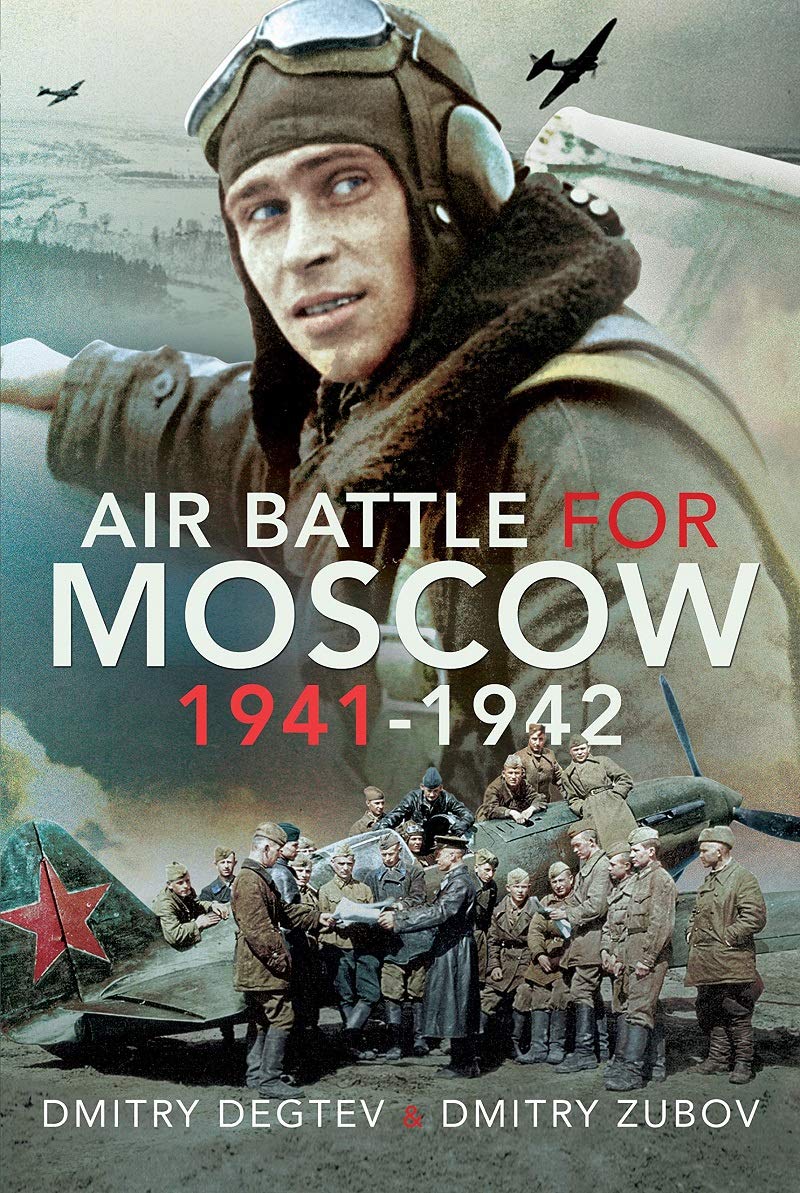by Dmitry Degtev and Dmitry Zubov, Pen & Sword, 2021, $34.95.
Innumerable books have been written about the 1940 Battle of Britain. Almost nothing has been published in the West concerning the equally pivotal World War II aerial campaign waged over Moscow between Germany and the Soviet Union during 1941 and early 1942.
Although the Luftwaffe commenced bombing Moscow from the day Germany invaded the Soviet Union on June 22, 1941, the air campaign really began in earnest in October, when the Wehrmacht launched its offensive to capture the Soviet capital. Adolf Hitler intended that to be the final offensive on the Eastern Front, after which the Soviet Union would capitulate and Germany could redirect its forces toward the Mediterranean and the invasion of Britain. Like Napoleon before him, however, Hitler was proven wrong. Napoleon’s seizure of Moscow did not end his war, while Hitler never captured Moscow at all.
As depicted by the Russian authors of Air Battle for Moscow, the aerial struggle became an instance of irresistible Luftwaffe force versus an immovable Soviet object. The former was commanded by Wolfram von Richthofen, cousin of the “Red Baron” Manfred von Richthofen of World War I fame. According to the authors, beginning with the bombing of Guernica during the Spanish Civil War, “the sight of burning ruins and thousands of corpses gave Richthofen extraordinary pleasure, as he repeatedly wrote in his diary.”
Opposing Richthofen was Ivan Klimov, commander of the Soviet air defense units over Moscow, who, the authors note, “skillfully falsified documents…telling Stalin about continuous victories over the city.” Indeed, the authors freely acknowledge that “to this day, Klimov’s falsified reports continue to ‘mislead Russian historians.’”
A 1978 television series about WWII on the Eastern Front was entitled The Unknown War. Air Battle for Moscow might qualify for the same heading in its depiction of events within that conflict about which almost nothing heretofore has been known outside of Russia. That makes this new volume, derived from both Russian and German sources, particularly welcome.






